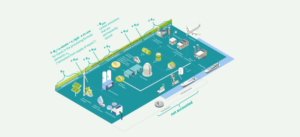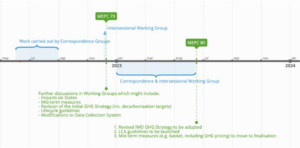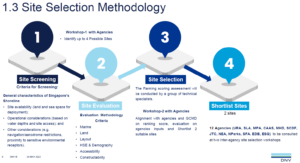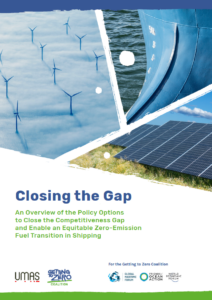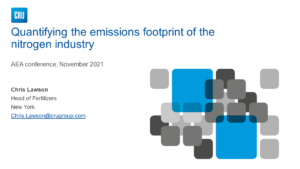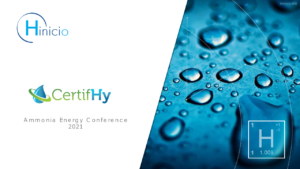EU policy developments: CBAM & rules for emissions accounting
MEPs have voted to alter the scope of the upcoming Carbon Border Adjustment Mechanism (CBAM) to include hydrogen & ammonia, and for the scheme to cover indirect emissions from manufacture. Meanwhile, two Delegated Acts have established a starting point for rules governing the production of alternative fuels from electrolytic hydrogen, including definitions of “fully renewable” hydrogen and a comprehensive emissions accounting calculation. The European Commission will work with key stakeholders to further clarify and improve the new rules.
